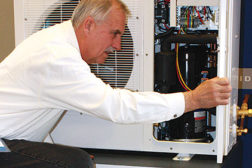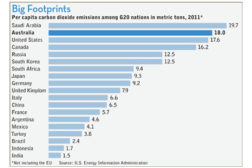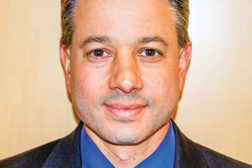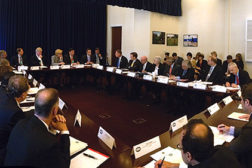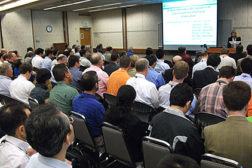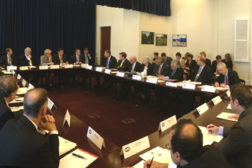Home » HFC refrigerants
Articles Tagged with ''HFC refrigerants''
Event Explores the Evolving HVAC Refrigerant Landscape
Read More
HFC Tax an Unlikely Option for US
Repeal of Australian Legislation a Boost for Opponents of US Tax
Read More
Jan. 12, 2015: Honeywell Starts Production of Low-GWP HFO-1234ze
The HFO’s Applications Include as a Refrigerant to Replace HFC-134a
January 12, 2015
Environment Canada Publishes Notice of Intent to Regulate HFCs
New Measures to Control Manufacture, Import, and Certain Uses of Hydrofluorocarbons
December 22, 2014
Nov. 14, 2014: US-China Jointly Agree to Cut Greenhouse Gas Emissions
Agreement Includes Cooperative Effort to Begin Phasing Down Use of HFC Refrigerants
November 14, 2014
Developing Next-gen Refrigerants
It’s Time to Get Involved in the Ongoing Development of New Refrigerants
October 20, 2014
HVAC Industry Commits $5 Billion to Refrigerant Plan
Manufacturers, Organizations Look to Reduce Hydrofluorocarbon Use 80 Percent by 2050
Read More
HVAC Industry Lays Out Refrigerant Plan
AHRI Asked the Government to Set the Objectives and Work Together with Industry
Read More
EPA Targets High-GWP Refrigerants in SNAP Proposal
R-134a, -404A, and -507 Face Proposed Use Restrictions in 2016
Read More
Copyright ©2025. All Rights Reserved BNP Media.
Design, CMS, Hosting & Web Development :: ePublishing
